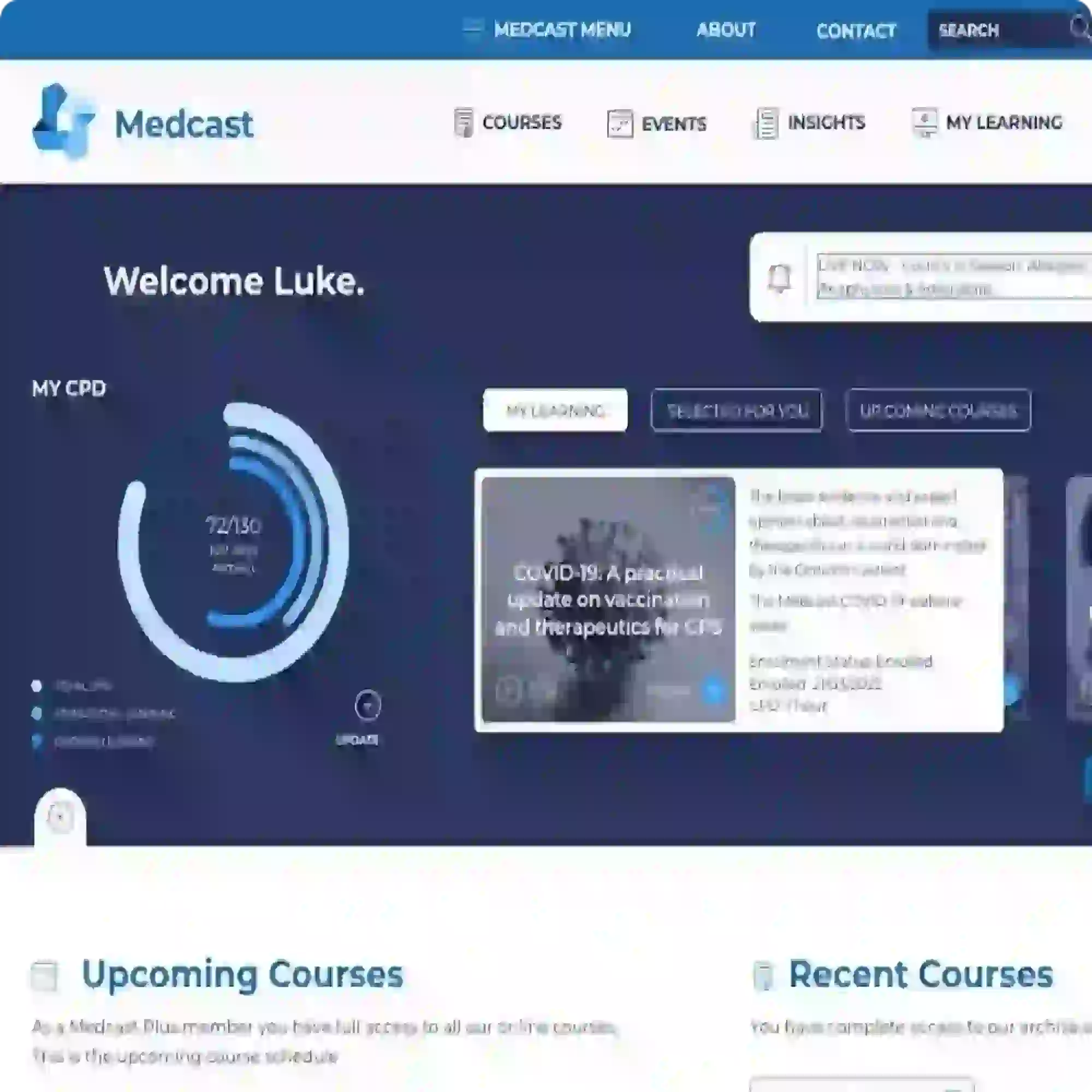A quick look at the Australian osteoporosis guidelines
Osteoporosis prevention, diagnosis and management in postmenopausal women and men over 50 years of age 2nd Edition
I was about to check out the new Australian osteoporosis guidelines when the new UK guidelines were announced in ANZAC week, so I decided to look at these as well. Reassuringly, most recommendations are fairly similar. The Australian document is contributed to by Osteoporosis Australia and the RACGP and the UK one by about a dozen groups.
At 98 pages, the new Australian 2nd edition guidelines are a bit longer than the previous 2010 version (and three times larger than the UK document). Getting the balance right between usability and comprehensiveness is tricky. The more I read this document, the more I liked it although I did think that it was not entirely clear at times whether the outcome focus was osteoporosis or fractures/ falls.
What has changed
- The status of evidence regarding the role of exercise (more encouraging but also more specific);
- One new useful medication - denosumab (prolia). Unfortunately, like the bisphosphonates, it also has reports of osteonecrosis of the jaw and atypical femur fracture;
- Some discussion re online tools for absolute fracture risk – giving options of FRAX and the GARVAN tool. I tried both on myself and got slightly different results. The UK recommend FRAX specifically in their algorithm and have some interesting background discussion;
- Some refining, based on ongoing evidence, of recommendations regarding calcium and vitamin D (see Recommendations 14, 27, 32). This includes delineating those who should be advised to take supplements if appropriate (frail and institutionalized elderly plus those on osteoporosis treatment with inadequate dietary calcium) and those who shouldn’t routinely be so advised (non-institutionalised). The guidelines note that not all studies support the recently reported association between supplemental calcium and increased myocardial infarction risk. They also note the report of an association between higher dose vitamin D and increased falls.
What I liked in the Australian guidelines
- Four page summary of 42 recommendations graded A-D;
- The chapters on special groups (elderly and those treated for cancer of breast and prostate);
- Advice on how long to treat and when to reassess;
- Background detail and evidence when you want it;
- The algorithm is OK.
In summary
The algorithm distinguishes between patients with hip/vertebral fractures, other fragility fractures and no fractures. It then differentiates on age and BMD. It includes use of clinical risk factors and a Risk Calculator – but further down the algorithm than in the UK document.
The introduction stated that only 20% of patients with minimal trauma fractures are adequately managed in general practice but the reference was from 2004. Both new guidelines noted that the most effective system is to have Secondary Fracture Prevention programs with a coordinator after hospital admission. I don’t think this happens universally in Australia.
Links
New Osteoporosis guidelines (Australia)

Cathy (AM, BSocStud(
Become a member and get unlimited access to 100s of hours of premium education.
Learn moreThe QUM Alliance welcomes new government grants to improve health literacy and medicine safety. Over three years, programs will tackle stroke prevention, osteoporosis, menopause, mental health and multimorbidity. Led by Medcast, the initiative supports health professionals and consumers, building on previous successes to reach priority populations.
MBS item 23 is one of the most commonly used item numbers in general practice - but also features frequently in Medicare compliance issues. Clear up your confusion with this FastTrack fact sheet, including a breakdown of its key features and common compliance pitfalls. Earn 30mins RP and 30mins EA CPD with completion of the quiz.
This clinical summary and quiz aim to enhance understanding of eczema and assesses knowledge of eczema management, including the role of moisturisers, appropriate use of topical corticosteroids, and the impact of food allergies.

